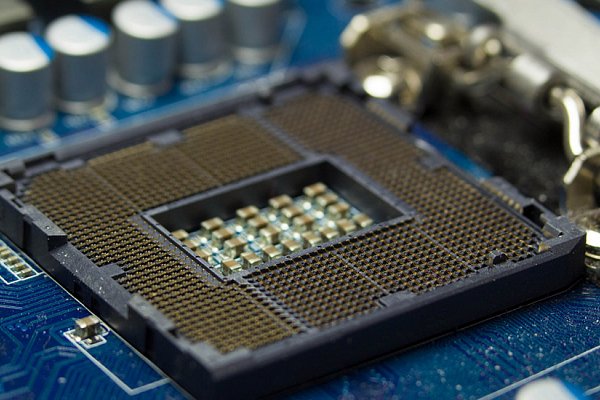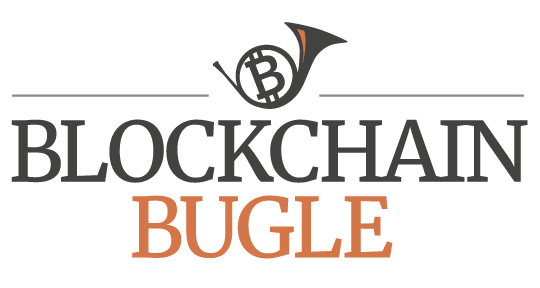Intel Develops ‘Sawtooth Lake’ Distributed Ledger Technology for the Hyperledger Project

In February, Bitcoin Magazine reported that The Linux Foundation’s Hyperledger Project, a collaborative effort started in December to establish, build and sustain an open, distributed ledger platform that will satisfy a variety of use cases across multiple industries, was announcing new members from across the industry, technical updates and a formal open governance structure.
In March, The Linux Foundation announced that 10 new companies joined the Hyperledger Project.
“The Hyperledger Project is gaining traction on a daily basis, displaying how vital this effort is in advancing distributed ledger technology,” said Blythe Masters, CEO of Digital Asset Holdings, who was appointed board chair for the Hyperledger Project. It’s worth noting that Masters, among others, expressed support for private, “permissioned” non-Bitcoin blockchains, which seems to be the direction chosen by the Hyperdedger Project.
Technology giant Intel is a member of the Hyperledger Project.
“Blockchain technology can help enable secure transfer of digital assets among known and unknown parties,” said Imad Sousou, vice president and general manager of the Open Source Technology Center at Intel. “Intel looks forward to collaborating with the Hyperledger Project to advance the security, scalability, and privacy of transactions in enterprise and permission-less systems.”
Last week, Intel published its plan to develop a distributed ledger, the “Sawtooth Lake” platform, which promises to allow companies to run their own blockchain, providing a permanent digital record, International Business Times reports. Intel will submit the Sawtooth Lake code to the open-source Hyperledger Project.
Sawtooth Lake is a modular platform for building, deploying and running distributed ledgers. The platform supports customizable data models to capture the current state of the ledger, transaction languages to change the ledger state, and consensus methods to validate transactions.
Sawtooth users are able to define their own custom “transaction family” with data models and transaction languages tailored to their use case. To make initial development simpler, the Sawtooth platform comes with three built-in transaction families to implement frequent use cases and provide a ready-to-use ledger with a fully functional marketplace for digital assets.
EndPointRegistry is a built-in transaction family for registering ledger services; IntegerKey is a transaction family used for testing deployed ledgers; and MarketPlace is a transaction family for buying, selling and trading digital assets.
The Sawtooth Lake platform provides two consensus protocols with different performance trade-offs. The first, called PoET for “Proof of Elapsed Time,” is a lottery protocol that builds on Trusted Execution Environments (TEEs) provided by Intel’s Software Guard Extensions (SGX) to address the needs of large populations of participants. The second, Quorum Voting, is an adaptation of the Ripple and Stellar consensus protocols and serves to address the needs of applications that require immediate transaction finality.
PoET uses a TEE such as SGX to ensure a safe, random and robust lottery function without the specialized hardware and high power required by most proof algorithms. Intel’s approach is based on a guaranteed wait time provided through the TEE. According to Intel, the algorithm scales to thousands of participants and will run efficiently on any Intel processor that supports SGX.
The current release, still experimental, includes software which runs outside of SGX and simulates the behavior of the PoET algorithm.
“It does not provide security in this mode,” notes Intel. “This project is intended for experimental usage and we recommend against using it for security sensitive applications.”
In related news, IBM, another Hyperledger Project member, plans to combine blockchain’s distributed ledger technology with its Artificial Intelligence system Watson for Internet of Things (IoT) applications.
The IoT seems the main interest of Intel as well. “While Bitcoin is the most popular distributed ledger, the technology has been proposed for many different applications ranging from international remittance, insurance claim processing, supply chain management and the Internet of Things (IoT),” notes the company.
In fact, while Internet payments aren’t the main focus of Intel, the IoT is a strategic area of growing importance for the tech giant, and one which could certainly use the robustness and resiliency provided by distributed ledger technology.
“The Internet of Things (IoT) is fueling innovation in nearly every part of our lives,” notes the Intel IoT website. “With the potential of thousands of new connected things bringing a tidal wave of new data, businesses want a better grasp of expected ROI, cost, and scalability, while IT managers struggle with integration, interoperability, and management concerns.”
The post Intel Develops ‘Sawtooth Lake’ Distributed Ledger Technology for the Hyperledger Project appeared first on Bitcoin Magazine.


